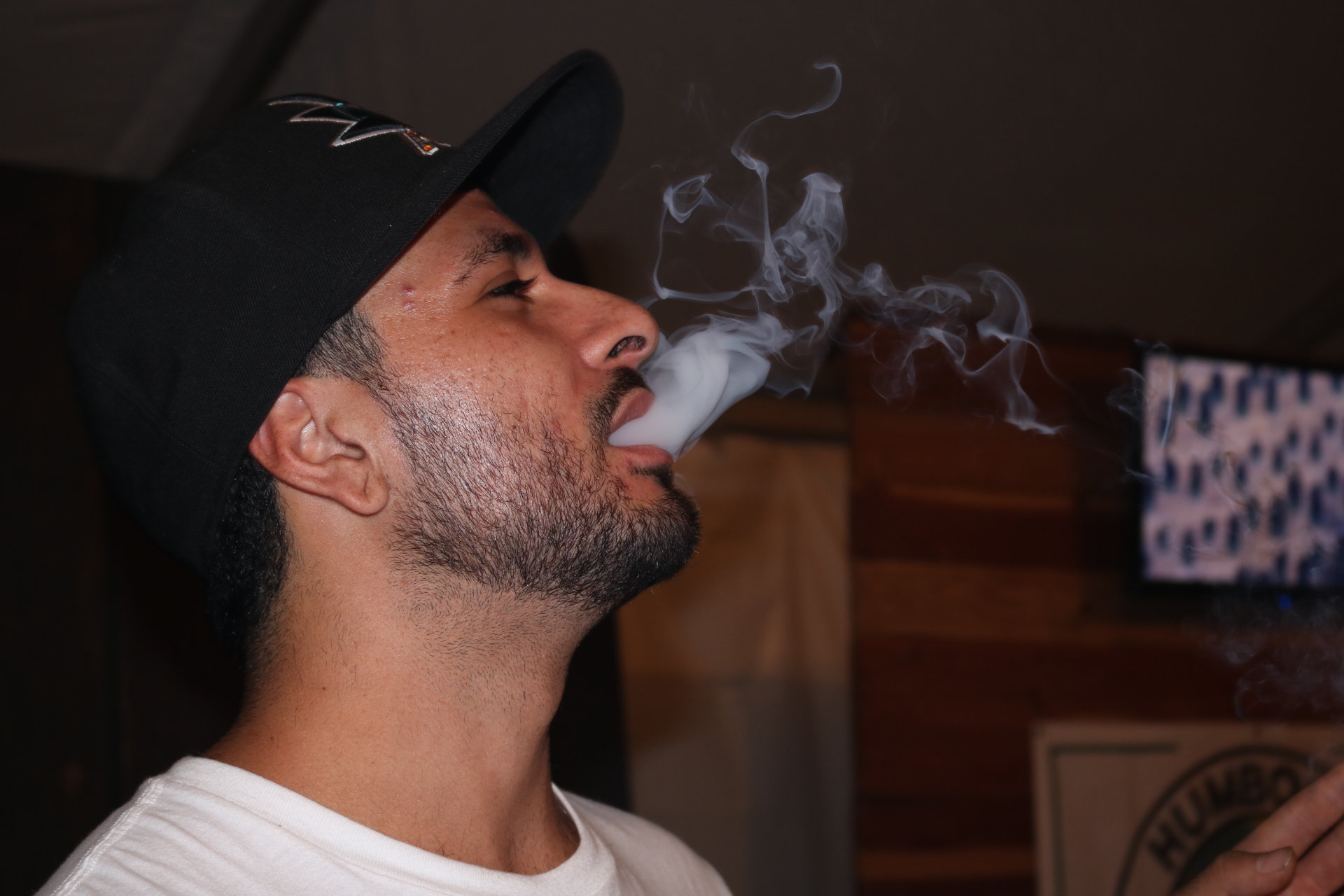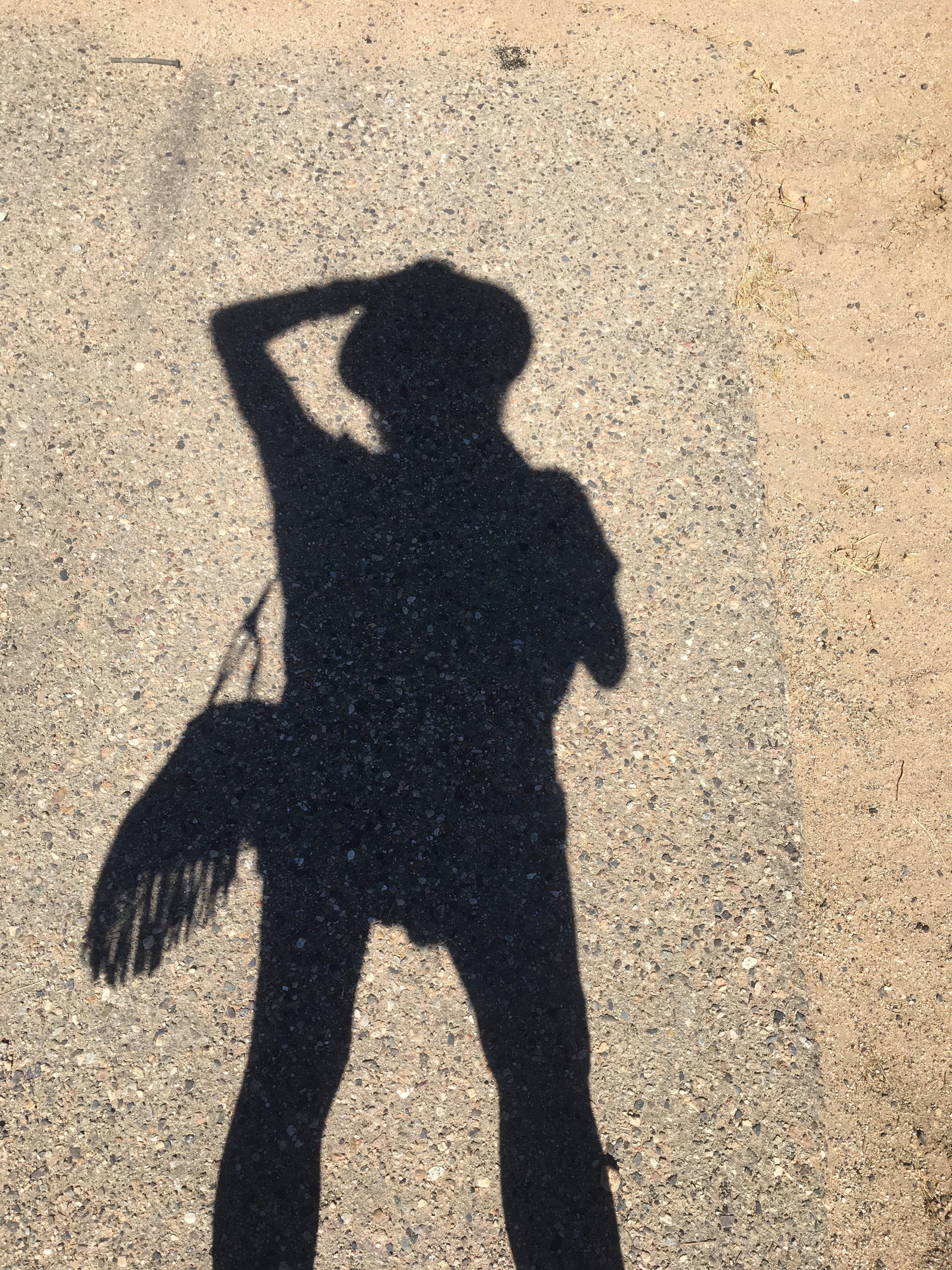At long last, the day stoners have been waiting for has finally arrived: Recreational (or, as most in the canna-word would prefer you say: “Adult-Use”) cannabis is legal. HALLELUJAH! But what exactly does the Medical Adult Use Cannabis Regulatory Safety Act (MAUCRSA) entail?
There’s a lot we still don’t understand about the new laws and it’s resulted in a whirlwind of misinformation. But if you were to compare the current state of cannabis affairs in California to a relationship, we’re in the honeymoon phase. Everything seems lovely, people don’t need a doctor’s recommendation to procure cannabis anymore and you won’t get arrested if you have an ounce on you. But what’s being overlooked is the fact that the MAUCRSA is pretty controversial in terms of how the new regulations affect specific groups of people. Granted, it’s our first attempt at regulating the plant so, obviously, there will be unforeseen problems and holes that need fixing. But will Lori Ajax and the Bureau of Cannabis Control hold up their end of the bargain and make things right? And are they aware of the (somewhat major) problems they’ve caused?
For instance, attorneys Marc and Craig Wasserman, better known as the Pot Brothers at Law, point out that the MAUCRSA doesn’t actually make cannabis legal. “Everywhere you turn, read and look right now says that cannabis legalization [in California] is here,” says Marc Wasserman in an interview. “That’s actually the furthest thing from the truth. Cannabis is only decriminalized up to an ounce for people 21-years-and-older to possess, but that doesn’t make it legal. It’ll be legal when people stop getting arrested for it, and we are nowhere near that.”
Despite the optimistic rumors, people can and will still go to jail for pot. Tied into that is the sad reality that only 19 cities in all of California allow for the medical and adult-use sales of cannabis. According to the League of California Cities, there are a total of 482 municipalities in the Golden State. That means 463 cities in California still ban cannabis outright. There are multiple layers to this problem. One is that bans disrupt the cannabis supply chain: Cultivation, manufacturing, distribution, testing, retail, etc. This causes the price of cannabis products to skyrocket and creates problems with demand versus supply.
“We are predicting a shortage of legal cannabis,” says Wasserman. “When you look at the licenses that have been coming out the majority of them are just for storefronts and/or deliveries. The storefronts far outweigh the number of licensed cultivators and manufacturers at this point. If these newly licensed shops get caught buying black market cannabis in their shops they’ll get their permits taken away and will be banned from getting their license back for five years.”

The second problem with most California cities banning cannabis under these new regs is that it makes access extremely difficult—and access has always been an issue. Sean Kiernan, the CEO of the Weed For Warriors Project, predicts that three-quarters of California will eventually be dry thanks to the combination of city bans and regulations. Dispensaries and delivery services that don’t have a state license are forced to shut down—and in some cases completely uproot to a new city—if they ever hope to procure a state license. If they’re caught operating without licensure, they’ll be excommunicated from the industry for a while.
“There are some severely disabled veterans in California who used delivery services in order to get their meds,” says Kiernan. “Now many delivery services won’t even deliver a triple amputee cannabis medicine because it’s not legal for them to do so anymore. That triple amputee, then, has to go sometimes as far as four hours to get cannabis legally through the dispensary system. That to us is unacceptable.”
Kiernan also contends that the MAUCRSA makes the fight against veteran suicide and the over-prescribing of pharmaceuticals by Veterans Affairs (VA) a lot more difficult. “More veterans will be forced to turn to the VA for relief due to dry counties, high prices and taxes preventing companies from donating free medicine,” Kiernan says, emphasizing the fact that the new law has made it illegal for licensed companies to donate any free cannabis—even as samples—unless they pay taxes on it. In other words, companies would have to pay taxes on products they’re not making money on, which doesn’t work in any business model. “Any proposition that turns the poor and sick into the opposition is wrong.”
So, the new law has made things a bit wonky to say the least. As a result, both Kiernan and Wasserman believe black market cannabis is going to thrive—at least until law enforcement starts receiving funds from the state to enforce it—because it’ll be easier to access and the prices will be substantially cheaper without the city, state and excise taxes tacked on. If you feel frustrated about this, the Wasserman brothers suggest calling your representative and telling them how and why the new law has created problems.
It’ll be interesting to see how the future of Golden State Cannabis unfolds. In terms of consumption, however, there are a few things that every cannabis user should know. For instance, you still don’t have the freedom to smoke wherever you want. Smoking cannabis also isn’t allowed anywhere except designated smoking zones. So, you’re S.O.L in cities like Laguna Beach where smoking is banned city-wide. Unless you’re on your property or in a designated smoking area, you can’t smoke a joint in public—the same way you can’t drink in public. Furthermore, there are no legal public consumption spots, like the infamous Amsterdam coffee shops, here in California. Yet. That is rumored to change soon, however. Hitman Coffee Shop in L.A. is working on changing that.

The biggest no-no is smoking while driving. Somehow, California went until late last year without specifically outlawing smoking cannabis in the car. Thanks to a bill signed by Jerry Brown last Sept., if you’re caught smoking herb or eating an edible in your car—even if you’re not driving— you’ll be fined $70. How cops will know you’re eating an edible versus a normal, wholesome brownie is unclear.
But make no mistake: It’s been illegal to drive under the influence of anything, including cannabis, since forever. It’s also illegal to have an open bag of cannabis, a half-smoked joint or other open cannabis product in a motor vehicle (vapes included, even though they’re discrete!). It’s similar to open container laws that prohibit drinking while driving. So, to repeat: smoking in the car is a no-go.
In terms of procuring cannabis, there are currently nine dispensaries in Orange County you can purchase herb from without a doctor’s recommendation. In Santa Ana, you can go to: 420 Central, From The Earth, ShowGrow, SCSA, Bud and Bloom, People’s OC, MedMen OC, OC3, Blüm (formerly the Reserve OC) and the Source to get all your adult-use needs.
Rob Taft, the CEO of 420 Central, has been all over the news since Dec. 30—the day he officially got his state license. On Jan. 1 at 6:30 am people lined up to get their recreational cannabis with nothing other than their driver’s licenses, or ID cards. “This is history,” said Taft. “The ability to sell cannabis legally on the first day possible was just a hoot for us. To know that we can now serve anyone as of January 1is a freedom that we’ve never seen in our lifetime.”
But just because you don’t technically need a doctor’s rec doesn’t mean you should get rid of yours if you have one—especially if you’re between the ages of 18-20, or any minor with an adult caregiver, because that little piece of paper will grant you access into dispensaries. You’ll also have the benefit of paying lower taxes, too.
But the “Green Doctors” recommendations will only be valid for so long. Eventually, everyone who wants to be considered a medical patient will need to hop on board the official medical-cannabis county ID card program, which costs about $100 to procure ($50 for someone on Medi-Cal). Although you’ll have to pay excise and local taxes, you won’t have to pay state taxes for your meds. It definitely seems like a lot of money for a medical card up front, but if you spend $100 or more a month on medical cannabis, the card will ultimately for itself.
In terms of edibles, the new state law limits product dosage for edibles to a cumulative 100 mg of THC per package (so 10 mg per edible) and 1000 mg of THC per tincture. For people who have major medical conditions (think Crohn’s disease, AIDS, PTSD, cancer, multiple sclerosis, fibromyalgia, epilepsy, scoliosis etc) this is actually a huge problem considering most of these patients usually need a minimum of 1,000 or more mg’s of THC per day. If you have your recommendation, however, you’ll be able to access topicals or tinctures with up to 2,000 mg of THC, as well as purchase edibles over the 100 mg limit. But only until July 1. Then the THC limits apply to everyone, including these patients, which will be problematic for some people.
Lastly, under the MAUCRSA, anyone is legally able to grow six plants within their home and have an ounce on them at one time. So if you’re paranoid about smoking or ingesting chemical-laden herb (which everyone should be) you can now safely grow your own to ensure what you’re smoking is pesticide and Monsanto-free.
Although legalization has created a bigger sense of chaos than relaxation, one thing is certain: We’re watching history unfold before us.


